Why german cuisine deserves your attention.
German cuisine is frequently misconstrued, labeled as heavy or meat-focused. Having immersed myself in germany’s culinary scene, I can confidently say that it is a dynamic blend of traditional and innovative flavors. Each region has its own unique culinary tale, with the north boasting an abundance of seafood and the south offering hearty and flavorful dishes. This article showcases 10 renowned culinary creations, their locations, and provides tips on savoring them like a true local.
1: Bratwurst: the traditional german sausage.
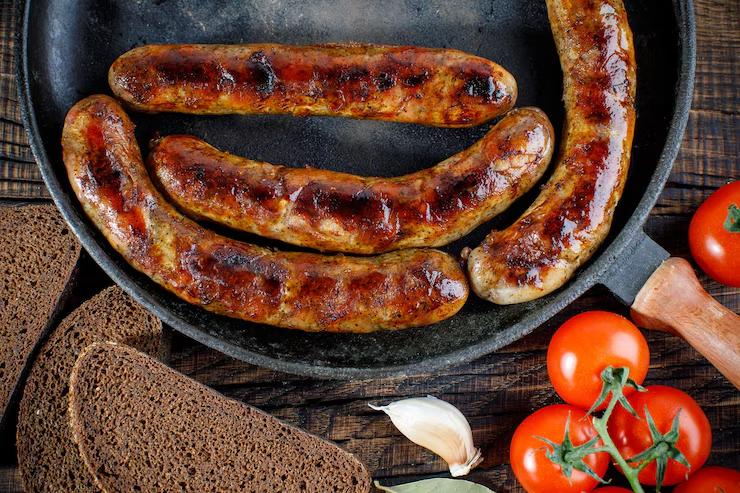
Germany’s deep-rooted passion for sausages is well-known, and bratwurst takes center stage as the most beloved sausage. These sausages, which can be grilled or pan-fried, are made from pork, beef, or veal and are known for their juicy and flavorful taste. They are commonly enjoyed with mustard and sauerkraut in a crusty bun.
Why give it a shot: bratwurst is the quintessential german street food, ideal for a quick snack while strolling through markets or festivals.
Where to find it: visit Konnopke’s Imbiss in Berlin’s Prezlonauer Berg for a traditional experience.
A helpful tip: try pairing it with a refreshing pilsner for the perfect combination.
Different Types of Bratwurst.
Region:
Main components.
Nürnberger bratwurst.
Bavaria:
Pork, marjoram.
Thüringer bratwurst.
Thuringia:
Pork, caraway, and garlic.
Currywurst is a traditional German dish made of sausage and curry powder. It is typically served with sauerkraut, mustard, and pickles. Currywurst is a popular street food in Germany and is often enjoyed with a side of fries or potato salad.
Berlin is a city that offers a rich and diverse cultural experience, with a mix of history, art, and modernity.
Pork, curry ketchup.
Personal story: my first bratwurst was at a Christmas market in Munich. The sizzling sound, the tangy mustard, and the crisp winter air created a memory that will stay with me forever. It’s comfort food that feels like a cozy embrace.
2: Schnitzel: crunchy, golden excellence.
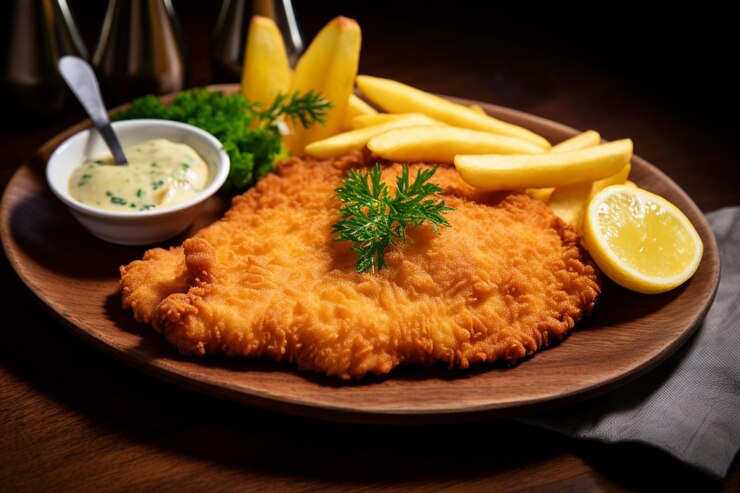
Schnitzel, a breaded and fried cutlet made from pork or veal, is a traditional German dish that boasts a crispy exterior and a tender interior. It is commonly accompanied by a slice of lemon and can be enjoyed with either potato salad or fries.
Why give it a shot: its satisfying crunch and versatility make it a crowd-pleaser.
Where to get it: try Felix Austria in Berlin for an oversized wiener schnitzel that’s almost too big for the plate.
A helpful tip: request lingonberry sauce for a delightful blend of sweetness and tartness.
Pros & cons of schnitzel.
Cons: high in calories, high in sodium, may contain artificial ingredients.
Cons: can become heavy if fried excessively, not suitable for individuals following a vegetarian diet.
3: Sauerbraten: the tangy pot roast.
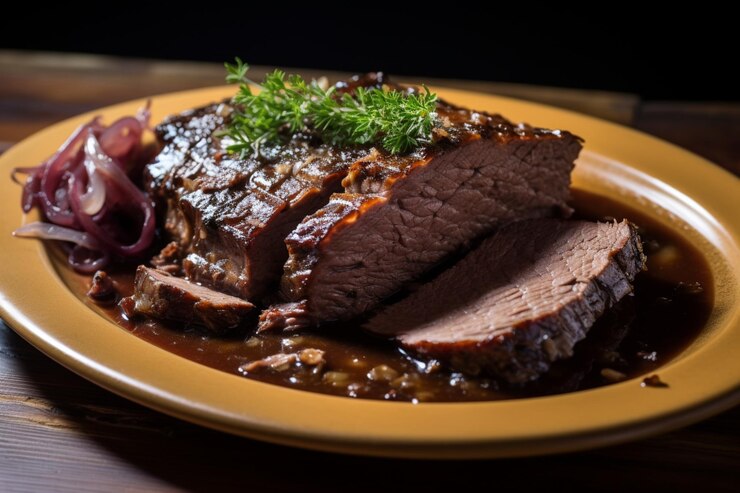
Sauerbraten, Germany’s national dish, is a marinated beef roast that is cooked slowly to achieve a melt-in-your-mouth tenderness. The marinade, typically a combination of vinegar, wine, and spices, imparts a distinctive sweet-sour taste to the dish.
Why give it a shot: it’s a taste of german tradition, particularly during festive occasions like Christmas.
Where to get it: visit traditional restaurants in the Rhineland, such as zum franziskaner in Berlin.
For an enhanced experience, try pairing the dish with red cabbage and dumplings.
Comparison: sauerbraten vs. Rouladen.
Sauerbraten: long-cooked, sour, accompanied by sauce.
Rouladen: thin beef wrapped around bacon and pickles, braised.Both are hearty, but sauerbraten’s marinade gives it a tangier flavor, while rouladen is savory and rich.
4: Spätzle: Deutschlands küchenneste Noodle.
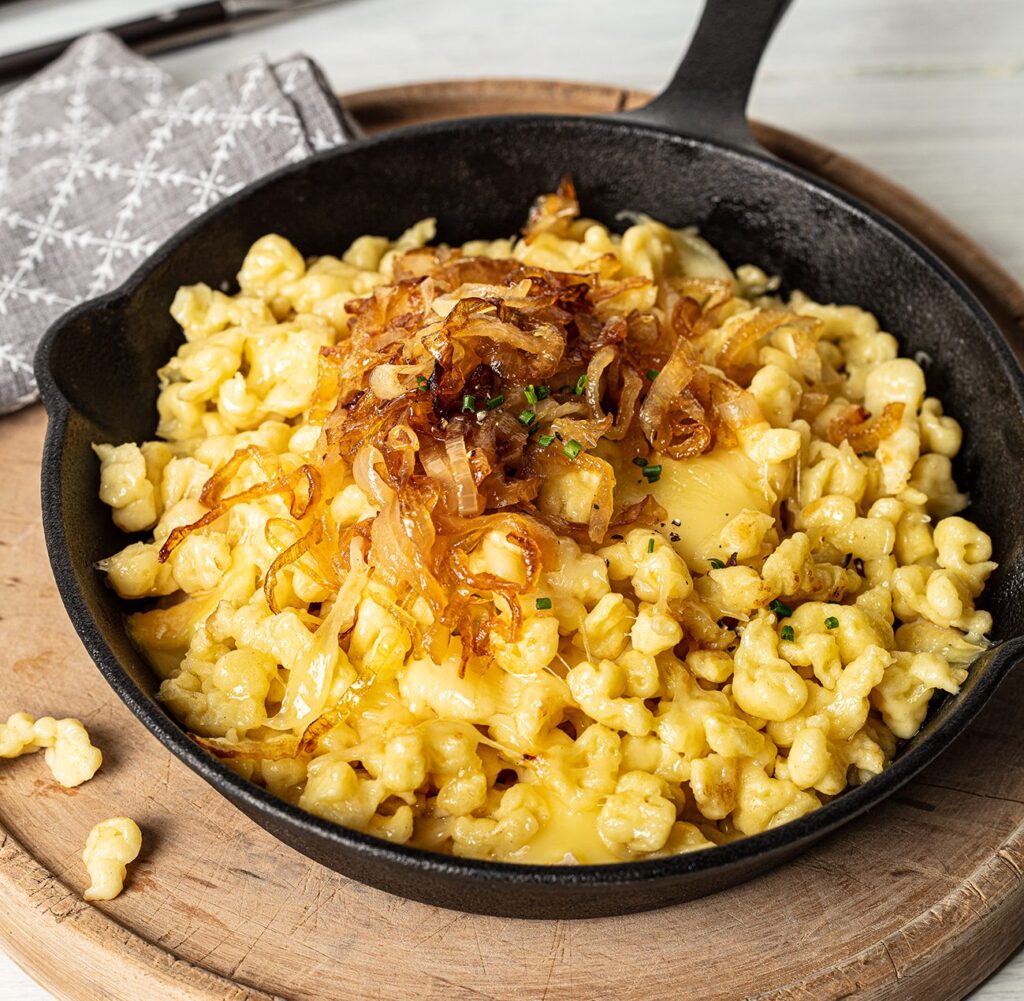
Spätzle, a type of soft egg noodles originating from the swabian region, is Germany’s equivalent to mac and cheese. Frequently garnished with melted cheese (käsespätzle) or caramelized onions, it’s a true source of comfort.
Why give it a shot: its rich, gooey texture is simply irresistible, particularly during the colder months.
Where to find it: swabian restaurants like gasthof zum goldenen sternen in basel (near the german border) are known for their exceptional rendition of this dish.
A helpful tip: consider pairing it with meat dishes to create a well-rounded meal.
A step-by-step guide to preparing spätzle in your kitchen.
Combine flour, eggs, salt, and water to create a thick batter.
Press through a spätzle maker into boiling water.
Cook until the noodles are buoyant, then mix them with butter or cheese.
5: Currywurst: Berlin’s street food sensation.
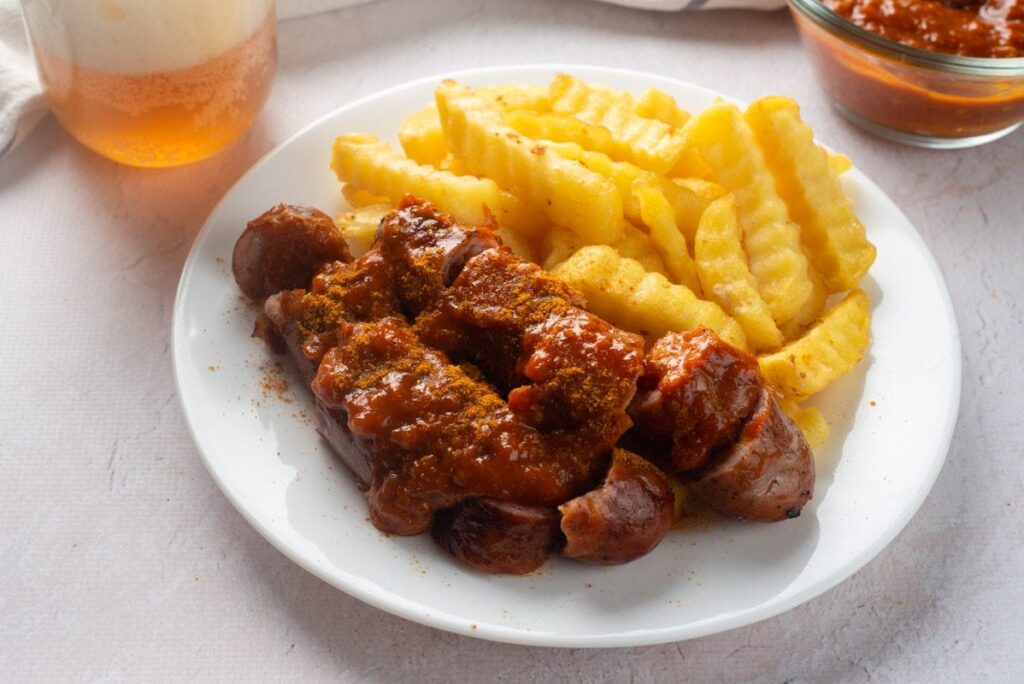
Currywurst, a grilled sausage coated in curry-flavored ketchup, is a Berlin creation that has become a beloved national symbol. It’s commonly accompanied by fries and a sprinkle of curry powder.
Why give it a shot: it’s budget-friendly, time-efficient, and bursting with intense tastes.
Where to get it: curry 36 in Berlin’s Kreuzberg is a must-visit for authentic currywurst.
A helpful tip: request it’mit darm’ (with casing) for added texture.
An interesting tidbit: currywurst was invented in 1949 by herta heuwer, who combined ketchup with curry powder brought by British soldiers. It’s so cherished there’s even a currywurst museum in Berlin.
Tips for enjoying german food like a local.
Explore local markets: Christmas markets or weekly markets like Berlin’s Markthalle Neun provide a taste of authentic street food.
Don’t miss out on regional specialties: try dishes like labskaus in hamburg or southern maultaschen in swabia.
Embrace the local beer culture: match dishes with regional beers—pilsner for sausages, weißbier for pretzels.
Enjoy a family-style dining experience: numerous German restaurants offer generous portions intended for sharing, so invite your friends to join you!
Discover recipes at home: websites like lecker.De provide authentic recipes to recreate the magic.
Why german food stands out.
German cuisine stands out because it is deeply rooted in tradition, yet it is also adaptable to modern tastes and preferences. From the smoky flavors of bratwurst to the intricate layers of apfelstrudel, every dish narrates a tale of its origins and the people who created it. My experience in Germany taught me that food is not just about nourishment—it is a way to celebrate community, history, and the diverse flavors that make each dish unique. Whether you’re enjoying a pretzel at a beer garden or relishing sauerbraten at a family gathering, you’re experiencing a rich tapestry of centuries-old traditions.
Invitation: prepared to explore german gastronomy? Consider embarking on a culinary adventure to taste these dishes in person, or gather the necessary ingredients to recreate them in your own kitchen. Share your favorite german food experiences in the comments below—i’d love to hear your stories!.
